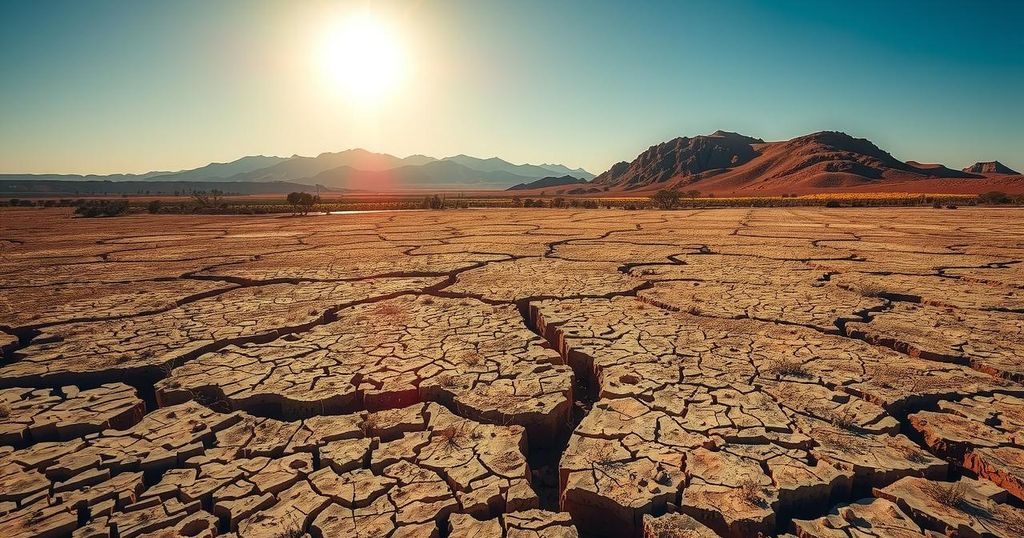Research Findings on Plant Restoration Techniques in Argentina’s Monte Desert
In Argentina’s Neuquén province, a study found that oil companies’ mandated assisted natural regeneration (ANR) techniques for restoring drilling sites in the Monte Desert resulted in lower plant density and diversity. The research highlighted the importance of further exploring soil microbiomes and employing more active restoration strategies. While some species thrived, overall plant coverage was significantly reduced compared to undisturbed areas, indicating room for improvement in restoration practices.
In Neuquén province, Argentina, local regulations mandate that oil companies create furrows to foster plant growth during the decommissioning of drilling sites in the Monte Desert. Despite this approach, recent research had never evaluated its efficacy before. A comprehensive study found that, after five years, the restored sites exhibited significantly lower density, diversity, and coverage of plants compared to undisturbed areas, though an unexpected variety of species was identified.
The challenges faced by plants in the Monte Desert include extreme temperature fluctuations, minimal rainfall, and nutrient-poor soil. Additional difficulties arise from extensive oil drilling that has devastated numerous sites, resulting in compacted soil that inhibits plant regrowth. A 2024 study by the National University of Comahue aimed to assess the effectiveness of the government-required assisted natural regeneration (ANR) technique at former drilling locations and yielded mixed results concerning plant recovery.
The findings indicated that ANR techniques increased species richness, documenting 15 different species at disturbed sites, about 40% of the species found in reference sites. Notably, plants such as Larrea divaricata, a known “nurse” species, were identified, which may assist in soil recovery. However, overall plant coverage in degraded sites remained significantly low, approximately 12.5 times less than in undisturbed areas.
Senior scientist James Aronson noted the importance of understanding the soil microbiome to better address restoration in arid ecosystems. He emphasized the necessity of examining underground interactions, as desert flora often depend on beneficial microbial relationships for survival. Despite minimal visible growth, any progress observed by del Mar González and her team may hold significance for future restoration efforts in extreme environments.
Collaborative research is underway to analyze soil microbiota in the Monte Desert, which could inform restoration techniques. Del Mar González’s ongoing work includes trials on introducing nurse plants to further facilitate species colonization. Such active strategies may be essential as degraded ecosystems face growing pressures from climate change and habitat loss.
From del Mar González’s perspective, the research indicates that deeper furrows should be implemented at drilling sites to enhance water retention and improve conditions for plant growth. Moreover, the methodologies developed in this desert context could have implications for environmental recovery in degraded areas globally, particularly concerning infrastructure-related damages.
In conclusion, the study conducted by the National University of Comahue yields valuable insights into the effectiveness of assisted natural regeneration in Argentina’s Monte Desert. While some level of plant recovery is noted, significant challenges remain, suggesting the need for further research into soil microbiomes and augmented strategies for restoration. The findings underscore the importance of active intervention in restoring ecosystems burdened by human activity and climate change.
Original Source: news.mongabay.com




Post Comment